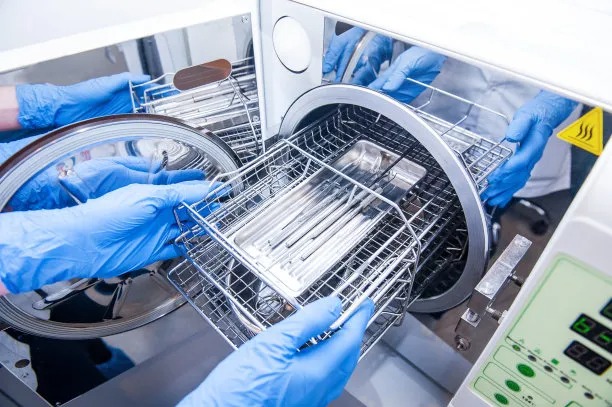Essential Guidelines and Precautions to Follow Before and After Your Dental Filling Procedure for Optimal Results
Summary: Dental fillings are common procedures aimed at restoring teeth damaged by decay. However, to ensure optimal results and a smooth recovery, both pre-and post-treatment care are crucial. This article lays out essential guidelines and precautions to follow before and after your dental filling procedure. It emphasizes the importance of communication with your dentist, adherence to preparation instructions, understanding the filling materials, and following post-procedure care. By integrating these practices, patients can achieve not only effective treatment but also long-lasting dental health. Let’s delve into these key aspects for a successful dental filling experience.
1. Communicate Thoroughly with Your Dentist

The cornerstone of any dental procedure is effective communication between you and your dentist. Prior to your dental filling appointment, ensure that you disclose any relevant medical history, allergies, or medications you are currently taking. This information can significantly influence the choice of filling materials and the approach to your treatment.
Furthermore, do not hesitate to ask questions regarding the procedure itself. Understanding what to expect can help alleviate anxiety and make the experience more manageable. Knowing about possible post-treatment sensations and how to cope with them is also essential.
Additionally, having a clear understanding of the type of filling material being used—such as composite resin, amalgam, or gold—can help you make informed decisions regarding your dental health. Each material has its benefits and limitations, and being well-informed allows you to weigh them based on your personal needs.
2. Follow Pre-Treatment Instructions Carefully
Preparing for your dental filling procedure often involves adhering to specific instructions provided by your dentist. For instance, if you will be receiving anesthesia, it is usually recommended to avoid eating for several hours before the appointment. This helps prevent nausea that can occur after receiving anesthesia.
Another important aspect is establishing effective oral hygiene practices before your visit. Brushing and flossing your teeth to remove food particles and plaque can help reduce the risk of infection and complications during the procedure. Keeping your mouth healthy always pays off.
Lastly, consider scheduling your filling appointment during a time when you can afford to relax afterward. Some numbing agents may take a while to wear off, and its advisable to have someone available to help you if needed, especially for oral care following the procedure.
3. Be Informed About Filling Materials
Understanding the various types of dental filling materials can greatly impact your treatment choice. Composite resin fillings are aesthetically pleasing and blend well with natural teeth, making them a popular choice for front teeth. However, they may not be as durable as amalgam fillings, which consist of a mixture of metals and are more suitable for back teeth where heavy chewing occurs.
Gold fillings, while extremely durable and long-lasting, tend to be more costly, and some patients may have concerns regarding their appearance. Lastly, glass ionomer fillings release fluoride, helping to protect the tooth from further decay, making them an excellent option for certain dental situations.
It is also critical to discuss the longevity of each material with your dentist. Recognizing that this can affect both aesthetics and functional performance may guide your preferences for restorative work.
4. Adopt Post-Procedure Care Practices
After your dental filling, following post-care instructions is essential for ensuring a smooth recovery. It is common to experience some numbness after anesthesia, so be cautious when eating or drinking until the numbness wears off. Avoid hot foods and beverages as they can cause burns when you are unable to feel your mouth properly.
Pain or discomfort is not uncommon after the procedure. Over-the-counter pain relievers can be effective in managing this discomfort, but consult your dentist if the pain persists or intensifies. Additionally, monitoring the filling area for any signs of complications, such as increased sensitivity or swelling, is crucial for enabling timely intervention.
Finally, maintaining excellent oral hygiene after your dental filling is paramount. Brush gently around the filling site and continue your regular oral care routine to promote healing and prevent further decay.
Summary:
In summary, ensuring a successful dental filling experience requires thorough communication with your dentist, careful adherence to pre-treatment instructions, understanding the types of filling materials, and diligent post-procedure care. These steps are integral not only for achieving optimal results but also for maintaining ongoing dental health.
This article is compiled by Vickong Dental and the content is for reference only.


